The 9200/06-01-10-00 Vibration Sensor is an industrial-grade sensor designed by Bently Nevada, a brand under GE, specifically for vibration monitoring of rotating machinery. Its core function is to collect real-time radial/axial vibration displacement, velocity or acceleration signals of equipment. It is highly compatible with key rotating equipment such as steam turbines, generators, compressors and fans, and is widely used in fields with strict requirements for safe equipment operation, including power, petrochemical, metallurgy, aerospace and other industries.
Document Download:
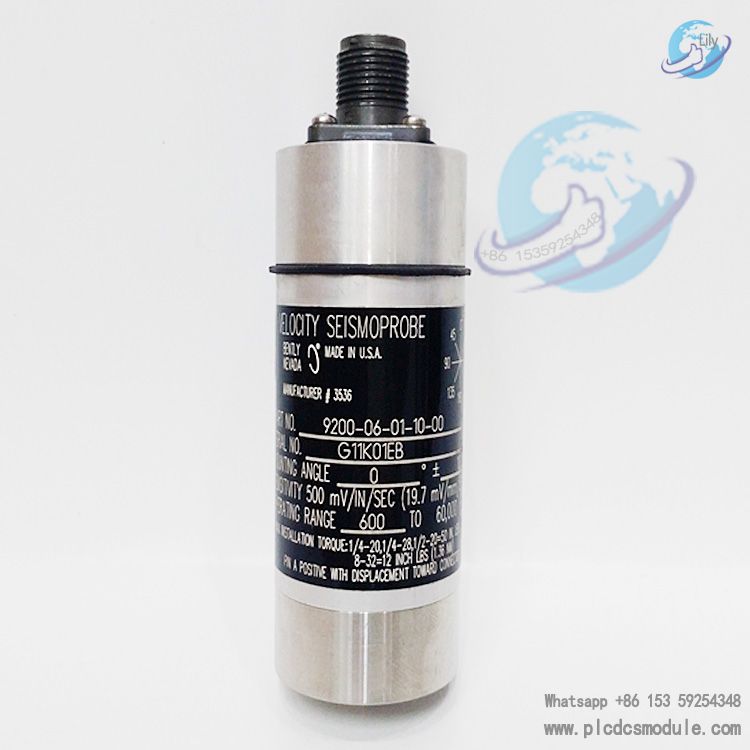
The 9200/06-01-10-00 Vibration Sensor has been specially optimized for rotating equipment monitoring in terms of measurement accuracy, environmental adaptability, and signal output. Its core technical details are as follows:
Sensing Principle and Measurement Range
It adopts the eddy current sensing principle (non-contact measurement) and can measure radial/axial vibration displacement, rotational speed, and key phase (phase) signals of metal targets (such as rotating shafts). The displacement measurement range is 0-500μm (full scale) with a resolution of 0.1μm (nano-level accuracy), enabling it to capture micro-vibrations of the rotating shaft (e.g., 1μm-level unbalanced vibration). The rotational speed measurement range is 0-36000rpm (suitable for high-speed steam turbines and generators), and the key phase signal output delay is ≤1μs, ensuring synchronized collection of vibration phase and rotational speed. The linearity error is ≤±1% of full scale, and the temperature drift is ≤0.01% of full scale/℃, which avoids measurement deviations caused by changes in ambient temperature and ensures the accuracy of long-term monitoring data.
Signal Output and Compatibility
The preamplifier outputs two signals: one is a 4-20mA analog signal (corresponding to vibration displacement/velocity values, which can be directly connected to PLC and DCS systems), and the other is a 1Vpp AC signal (original vibration waveform for spectrum analysis). It also supports RS485 digital communication (Modbus RTU protocol), which can upload real-time measurement values, sensor status, and fault codes to vibration monitoring systems (such as the Bently Nevada 3500 Monitoring Framework). It is compatible with rotating equipment monitoring systems of mainstream brands including GE, Siemens, and ABB, eliminating the need for additional signal converters and reducing system integration costs.
Environmental Adaptability and Durability
The operating temperature range is -20℃~+180℃ for the probe (a high-temperature version can be customized up to +250℃, suitable for installation near steam turbine cylinders) and 0℃~+60℃ for the preamplifier. The relative humidity range is 5%~95% (no condensation), allowing it to adapt to high-humidity petrochemical workshops and high-temperature metallurgical workshops. The probe is made of 316L stainless steel (corrosion-resistant), and the cable is equipped with a fluororubber sheath (oil-resistant and chemical-resistant). It can withstand equipment vibration and impact (vibration resistance grade IEC 60068-2-6, 10-2000Hz, acceleration 50m/s²), with a Mean Time Between Failures (MTBF) of ≥100,000 hours, far exceeding the industry average of 50,000 hours for similar sensors.
Safety and Diagnostic Functions
It has a built-in sensor health diagnosis function that can real-time monitor the probe cable connection status (e.g., disconnection, short circuit) and the preamplifier power supply voltage (normal 24V DC, fluctuation range 18-30V DC). When an abnormality occurs, it outputs a fault alarm signal (contact output, normally open/normally closed optional) to avoid monitoring failure caused by sensor faults. It supports the "zero calibration" function; the measurement zero can be calibrated on-site using a dedicated calibration tool (Bently Nevada 7500 Calibrator) without disassembling the sensor, reducing downtime for calibration.
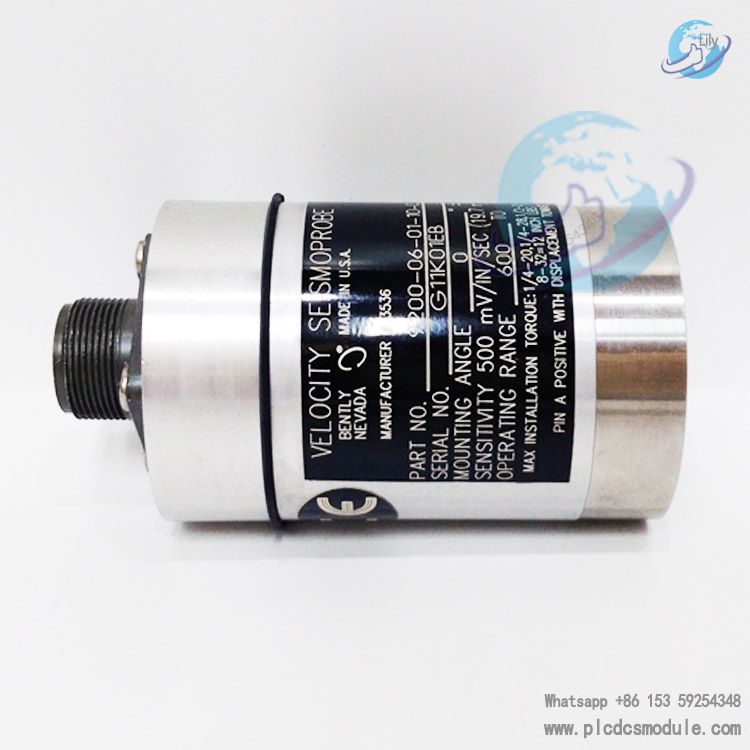
Differentiated Application Scenarios
1. Steam Turbine Vibration Monitoring in the Power Industry
In the steam turbine systems of thermal power plants and nuclear power plants, excessive vibration of the rotating shaft (e.g., exceeding 76μm) can cause bearing wear, rubbing between static and moving components, and even trigger turbine trips in severe cases. This sensor, installed near the front and rear bearings of the steam turbine, adopts non-contact measurement to collect real-time radial vibration displacement (0-500μm) and axial movement (0-100μm) signals of the rotating shaft. The analog signals are connected to the DCS system for real-time monitoring, while the original waveform signals are fed into a vibration analyzer for spectrum analysis (e.g., identifying 1x and 2x frequency vibrations to determine unbalance and misalignment faults). When the vibration value exceeds the preset threshold (e.g., 50μm for alarm, 76μm for shutdown), it triggers a system alarm or emergency shutdown to ensure the safe operation of the steam turbine.
2. Compressor Vibration Monitoring in the Petrochemical Industry
In the centrifugal compressor systems of refineries and chemical plants, impeller unbalance and bearing wear can intensify compressor vibration, affecting compression efficiency and even causing impeller rupture. Installed at the radial bearings and thrust bearings of the compressor, this sensor monitors radial vibration velocity (0-10mm/s) and axial displacement (0-200μm), and uploads data to the compressor control system via RS485 communication. Its ability to withstand high temperatures up to 180℃ makes it suitable for the high-temperature environment near the compressor cylinder (usually 120-150℃), and the 316L stainless steel probe can resist corrosion from compressor lubricating oil, ensuring long-term stable monitoring. It provides data for predictive maintenance of the compressor (e.g., judging the remaining service life of bearings based on vibration trends).
3. Main Drive Vibration Monitoring of Rolling Mills in the Metallurgical Industry
In the main drive systems of hot rolling mills and cold rolling mills in steel plants, gearbox wear and coupling misalignment can lead to excessive vibration of the main drive, affecting the precision of rolled materials (e.g., thickness deviation). This sensor is installed at the output end of the main drive gearbox and the motor bearings to monitor radial vibration displacement (0-300μm) and key phase signals (used to determine vibration phase), with 4-20mA signals connected to the rolling mill PLC system. Its vibration and impact resistance (50m/s² acceleration) can withstand the impact load during rolling (e.g., vibration when the steel billet is bitten). Real-time vibration data is used to adjust the rolling parameters of the mill (e.g., reducing rolling speed to minimize vibration), and spectrum analysis is applied to locate fault sources (e.g., 2x frequency vibration corresponding to coupling misalignment), reducing the downtime of the rolling mill for maintenance.
4. Aeroengine Testing in the Aerospace Industry
During the R&D and testing phase of aeroengines, it is necessary to accurately measure the vibration characteristics of the engine rotor (e.g., vibration modes during high-speed rotation) to provide data for engine structure optimization. This sensor (customized high-temperature version up to +250℃) is installed near the rotor of the engine test bench, using non-contact measurement to monitor the radial vibration displacement (0-100μm) and rotational speed (0-36000rpm) of the rotor. With a resolution of 0.1μm, it can capture micro-vibration modes of the rotor (e.g., vibration peaks at critical speeds). The original vibration waveform signals are connected to a dynamic signal analyzer for analyzing the rotor's vibration spectrum and order characteristics, facilitating aeroengine design optimization (e.g., adjusting rotor balance precision).
5. Marine Power System Vibration Monitoring
In the diesel main engines and propulsion motor systems of large cargo ships and cruise ships, propeller unbalance and shafting misalignment can cause vibration of the power system, affecting the ship's navigation stability (e.g., increased hull vibration). This sensor (with an IP68 waterproof probe) is installed at the main engine bearings and propulsion shaft bearings to monitor radial vibration displacement (0-200μm) and axial movement (0-50μm). Its salt spray resistance (complying with the IEC 60068-2-11 salt spray test) allows it to adapt to the marine environment (high salt spray, high humidity). Vibration data is uploaded to the ship's power monitoring system via RS485 communication. When vibration exceeds the standard, an alarm is triggered to remind the crew to adjust the propeller speed in a timely manner or arrange maintenance, preventing the ship from being stranded due to power system failures.
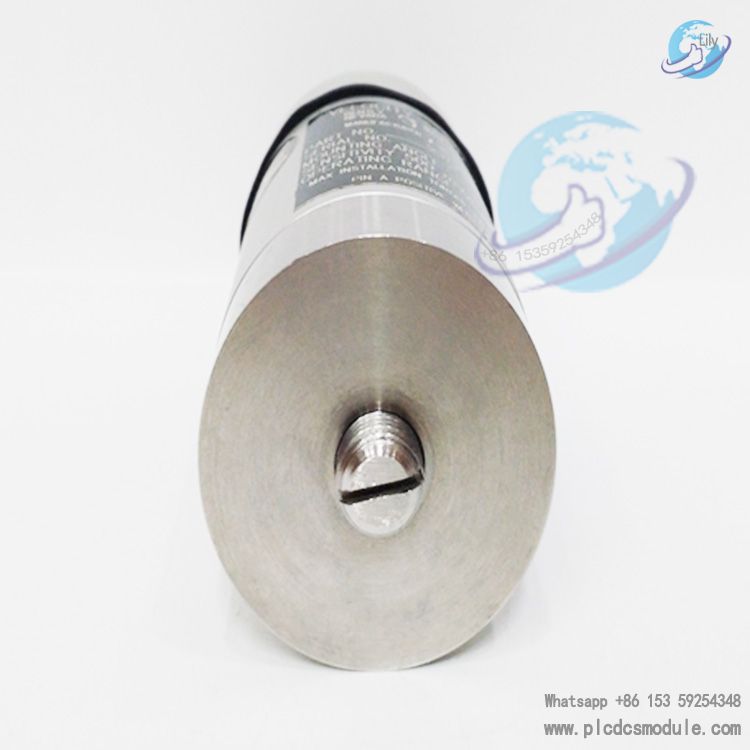
Customers who purchased this product are also browsing the following products:
BENTLY NEVADA 3701/55 ADAPT ESD RELAY OUTPUT MODULE
Bently Nevada 330103-00-05-10-02-00 XL 8 mm Proximity Probes
GE IS200DTAIH1ABB Mark VI printed circuit board
ABB UCD224A103 3BHE023681R0103 controller module





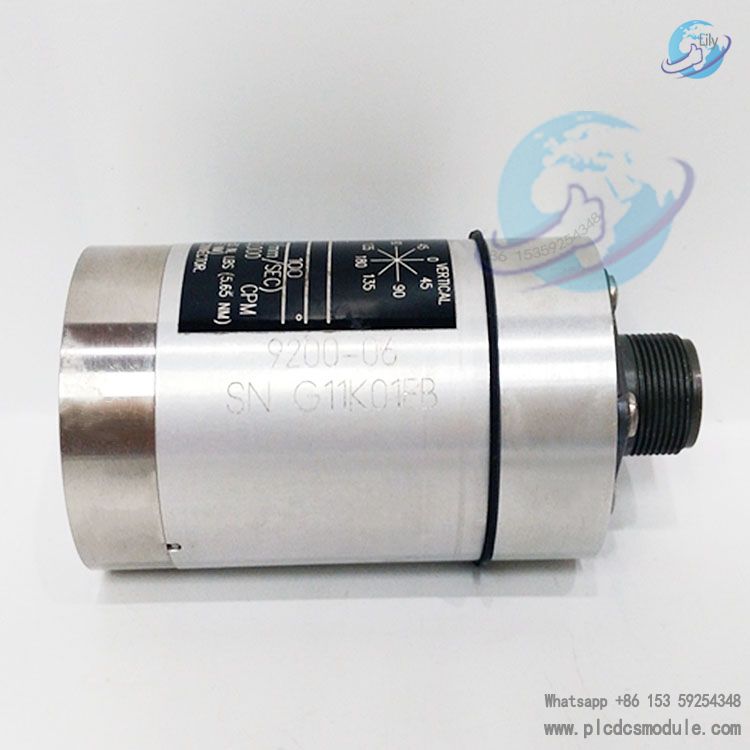
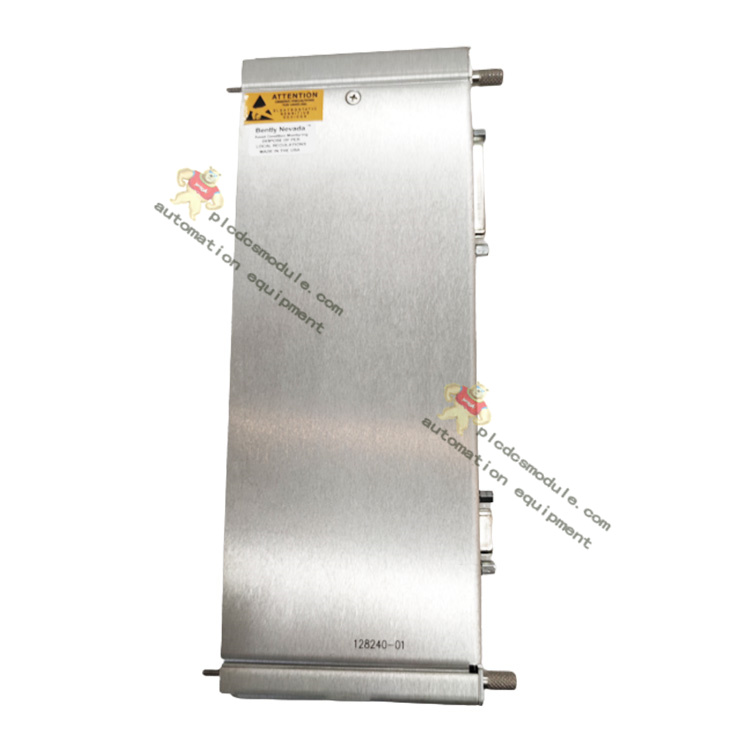
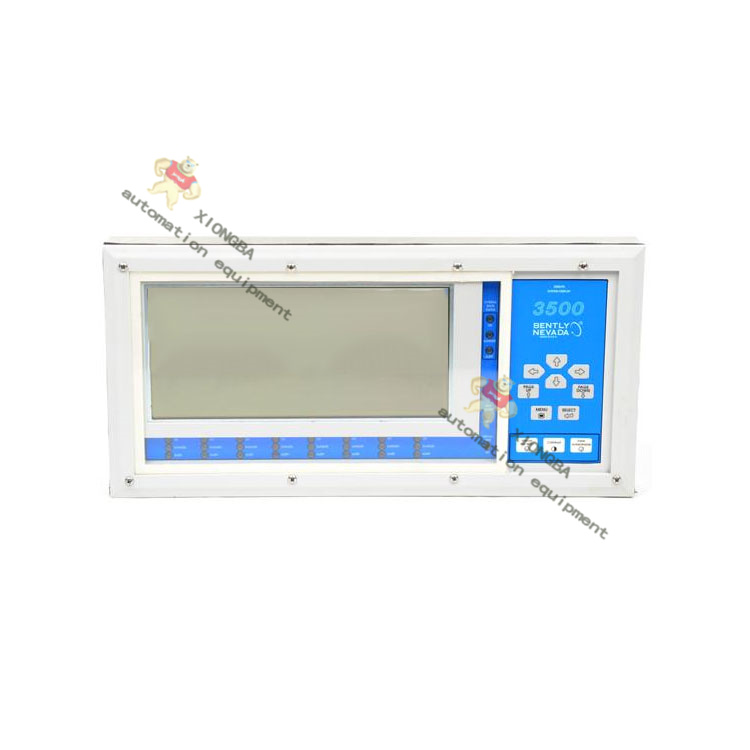
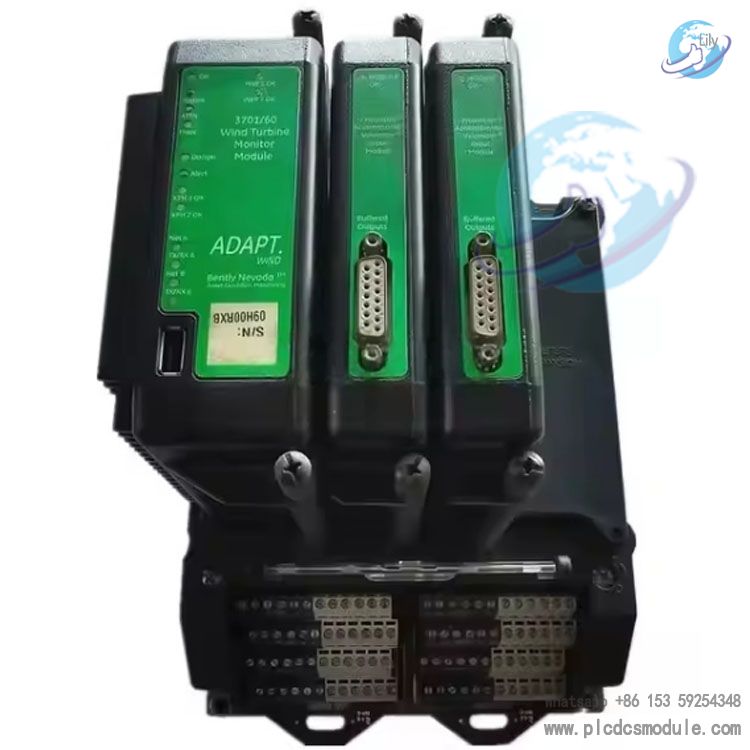
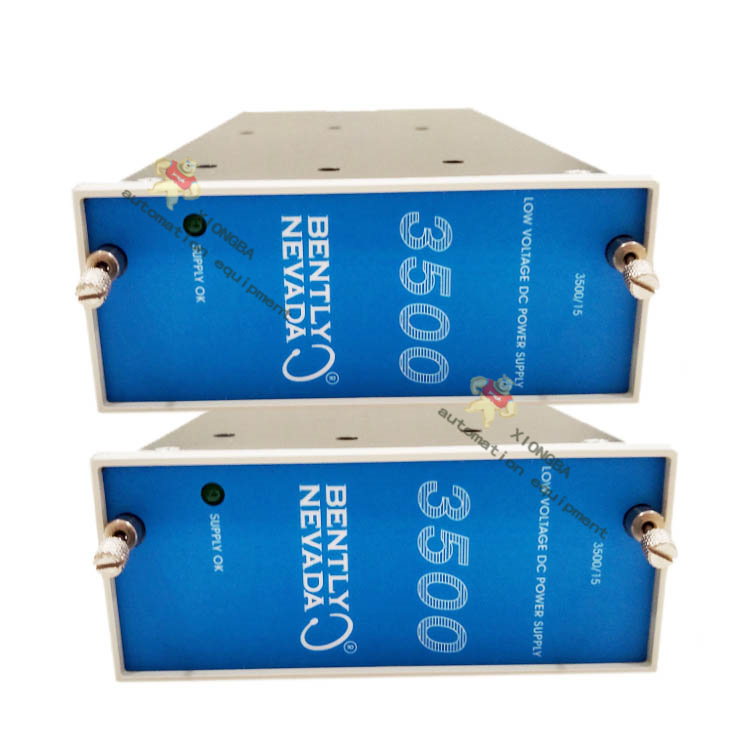


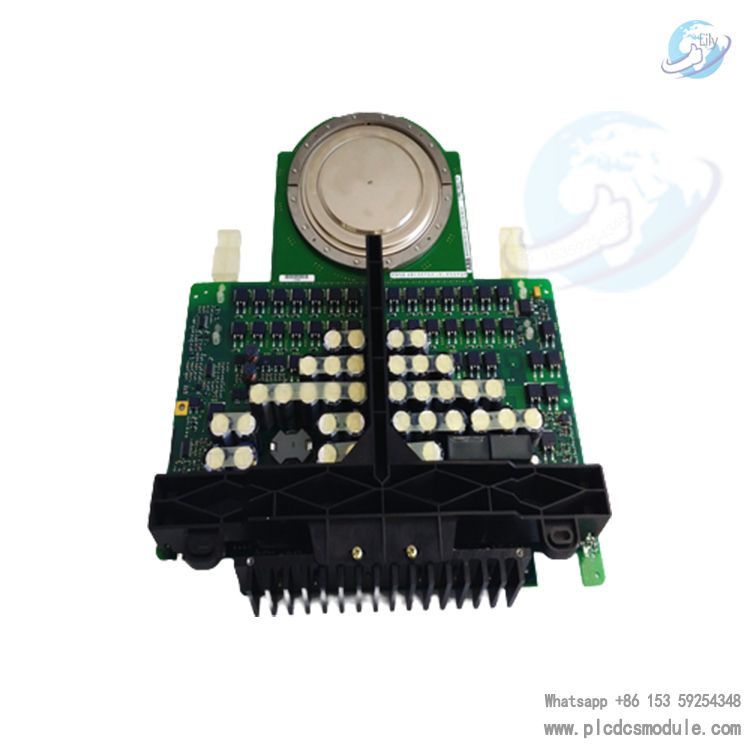
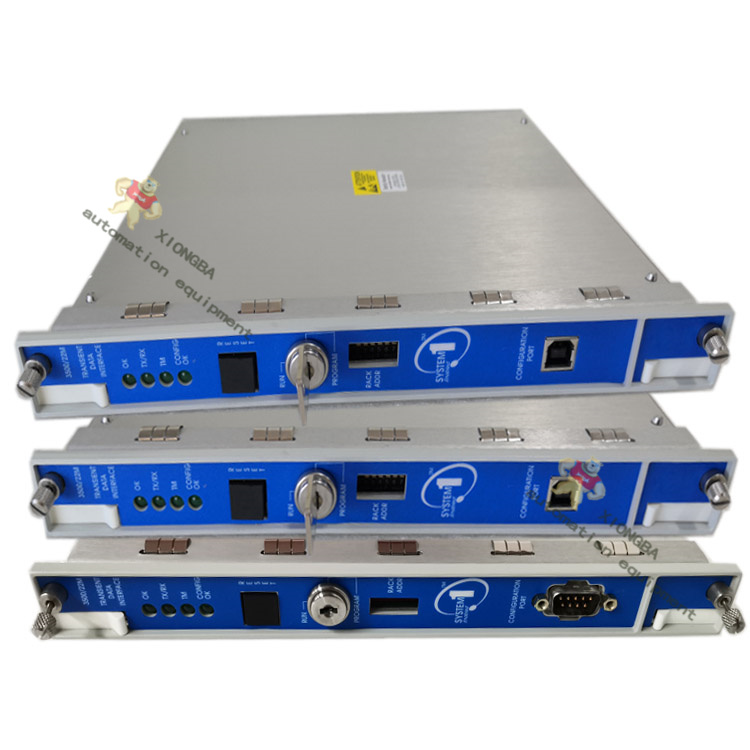
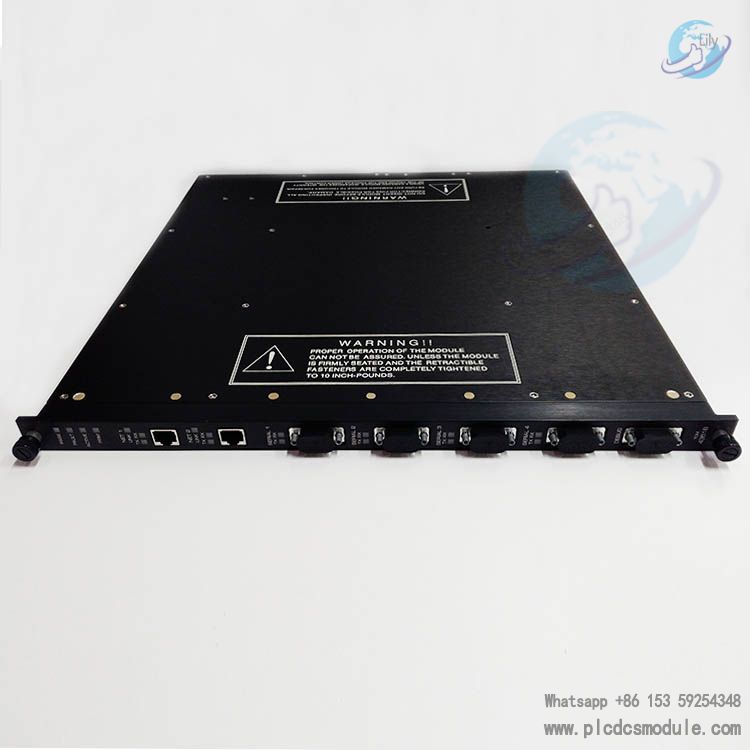
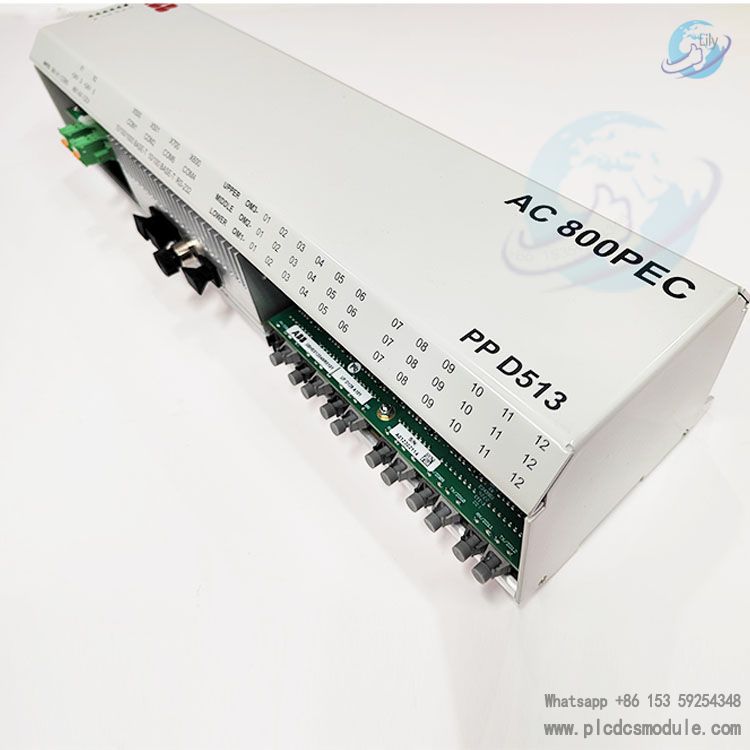
 3005319639
3005319639